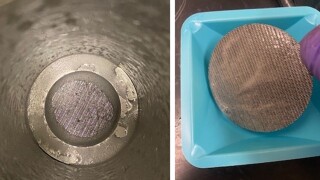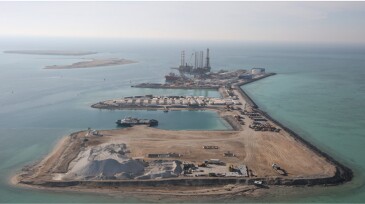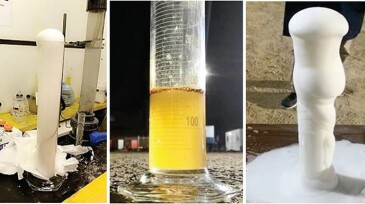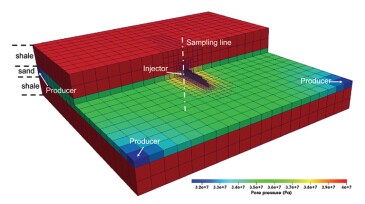Unconventional/complex reservoirs
The merger creates one of the largest oil-focused independents in the US with output of 526,000 BOE/D.
BPX Energy will retain operatorship of the assets after the sale of its interests to private investment firm Sixth Street is complete.
This paper describes development of a high-temperature water-based reservoir drill-in fluid using a novel synthetic polymer and customized with optimal chemical concentrations and sized calcium carbonate.
-
The paper presents the challenges faced and overcome while drilling and testing a high-pressure/high-temperature sour-gas well offshore in an environmentally sensitive environment.
-
This paper presents a novel sandstone-stimulation technique using thermochemical fluids.
-
This paper presents a well-integrity-management system developed for a high-pressure/high-temperature gas field in southwest China.
-
Deal expands PDC's D-J Basin holdings into northern Adams County, Colorado.
-
Rodolfo Camacho-Velázquez identifies areas of opportunity for future reservoir engineers related to the technical challenges of increased production and recovery of complex conventional and unconventional reservoirs, the application of Fourth Industrial Revolution technologies in reservoir subdisciplines, and the energy transition.
-
The acquisition adds well completions services for conventional and unconventional reservoirs.
-
The paper highlights two case studies to illustrate successful development of marginal prospects to unlock remaining potential.
-
This paper introduces methods to fully couple reservoir simulation with wellbore flow models in fractured injection wells.
-
A rigless chemical frac-hit remediation process was designed to address the damage mechanisms of capillary phase trapping, reduced hydrocarbon relative permeability, paraffin deposition, and minor scale deposition.
-
The disruptive nature of unconventional reservoirs has spurred the need for new ideas. But that doesn’t always mean that we need to toss out the traditional methods that got us here. Such might be the case for the recent developments unfolding around the diagnostic fracture injection test (DFIT).













